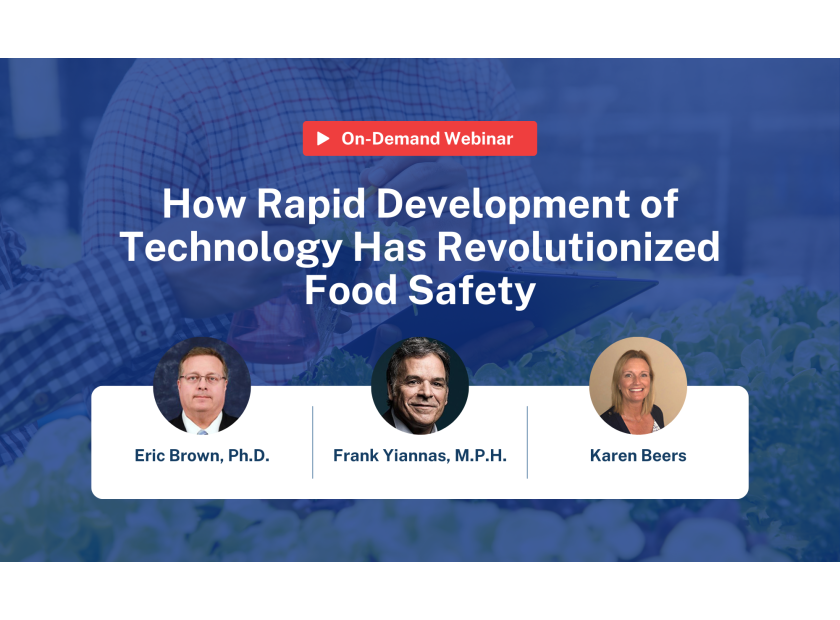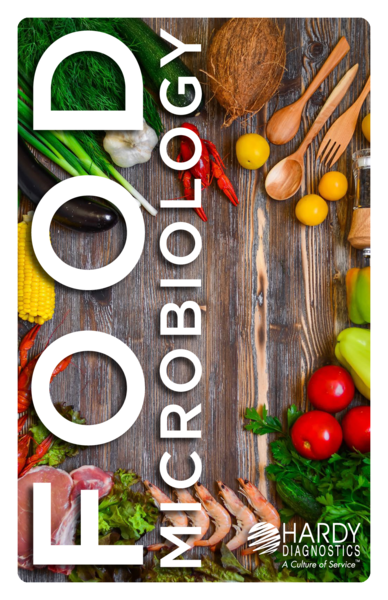How Rapid Development of Technology Has Revolutionized Food Safety
Hardy Diagnostics is proud to have sponsored a recent Food Safety Magazine webinar, “How Rapid Development of Technology Has Revolutionized Food Safety.” In this event, technology and policy experts Karen Beers, Eric Brown, and Frank Yiannas shared their perspective that an increasing number of recently recorded outbreaks is an indicator of the success of our modern food safety systems - and not of their failure. Ostensibly, the only way to view higher numbers of outbreaks as a positive thing would be if it could be determined that the increased outbreaks can be attributed to factors outside human error.
What might some of those factors be?
For starters, we learned in a previous webinar at the 2024 Food Safety Summit that as new pathogens emerge, the older pathogens don’t go away. (1) During this presentation, Dr. Purnendu Vasavada shared a foodborne pathogen discovery timeline ranging from the early 1900s to present day. The timeline highlights the fact that in the early 1900s, only a handful of foodborne illnesses had been identified. By 2023, the National Institutes of Health reported that food safety professionals must contend with approximately 31 pathogens. (2)
This can be attributed not only to the evolution of some organisms like emerging serotypes of STEC, but also the development of detection technologies. Advanced diagnostic tools have made it possible to see what was previously unseen, possibly providing one positive explanation for a greater number of outbreaks.
Human behavior also has an impact on the increasing number of outbreaks. With the ever-increasing prevalence of highly processed foods, unique risks appear. Complex manufacturing processes introduce physical contamination and cross contamination hazards. Preservation methods such as canning increase shelf life, but bring about a vulnerability to anaerobic pathogens like Clostridium botulinum. Refrigeration greatly reduces food waste, but can artificially promote the growth of psychrotrophic pathogens such as Listeria monocytogenes by reducing mesophilic competition. Consequently, human dietary habits and food processing methods significantly contribute to the rise in foodborne outbreaks.
Though some believe our food supply is threatened by systemic fractures within the food industry itself, it’s important to take a step back and appreciate how modern technology has protected countless people by detecting what was previously undetectable. (3)(4)
Now available on-demand!
Webinar attendees learned:
- How whole genome sequencing has revolutionized outbreak investigations.
- Lessons learned from FDA's recent outbreak investigations, and the impacts of the GenomeTrakr and PulseNet databases.
- Why outbreaks are more numerous now, and why that is an indicator of improvements, not failures, of our food safety system.
- What these developments may mean from a policy standpoint, and where this may take us in the future.
Speakers














